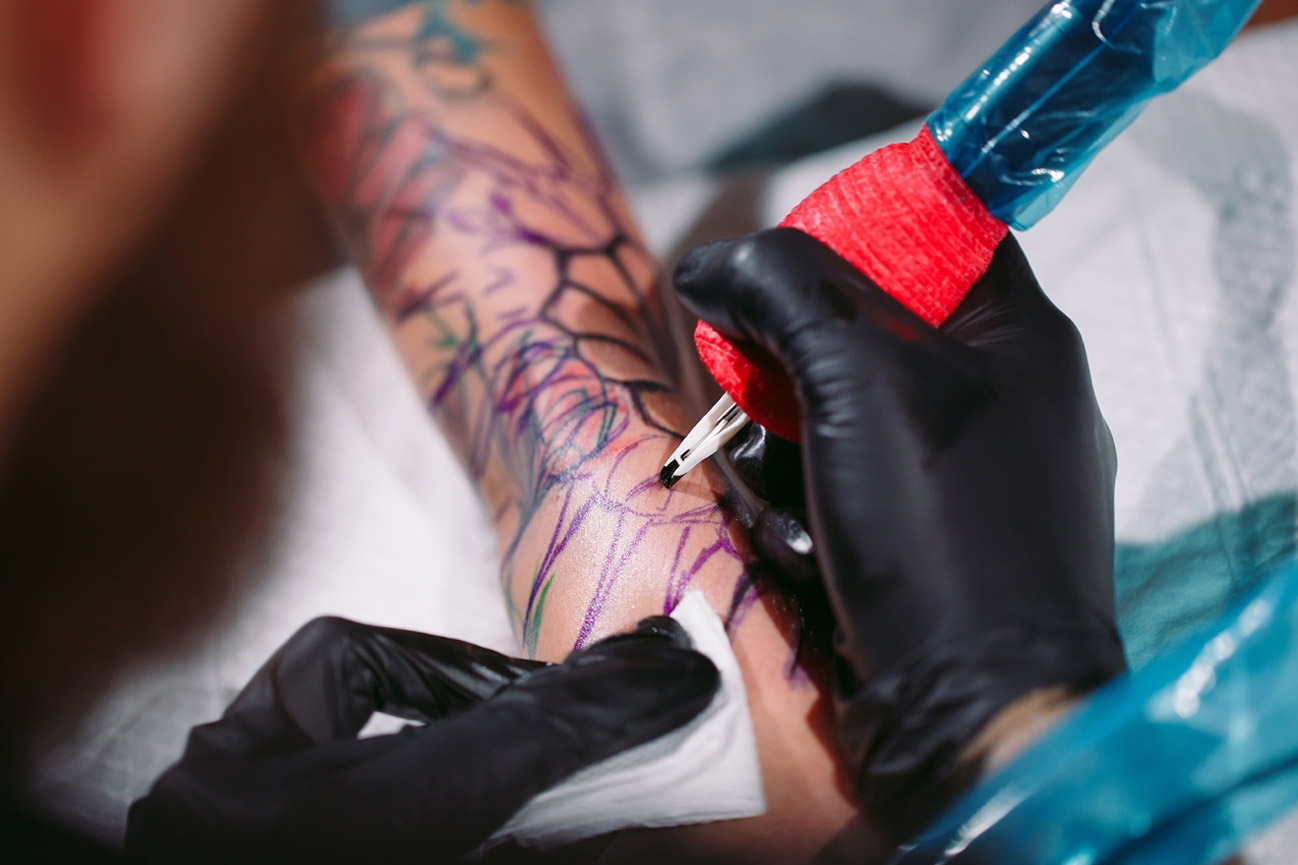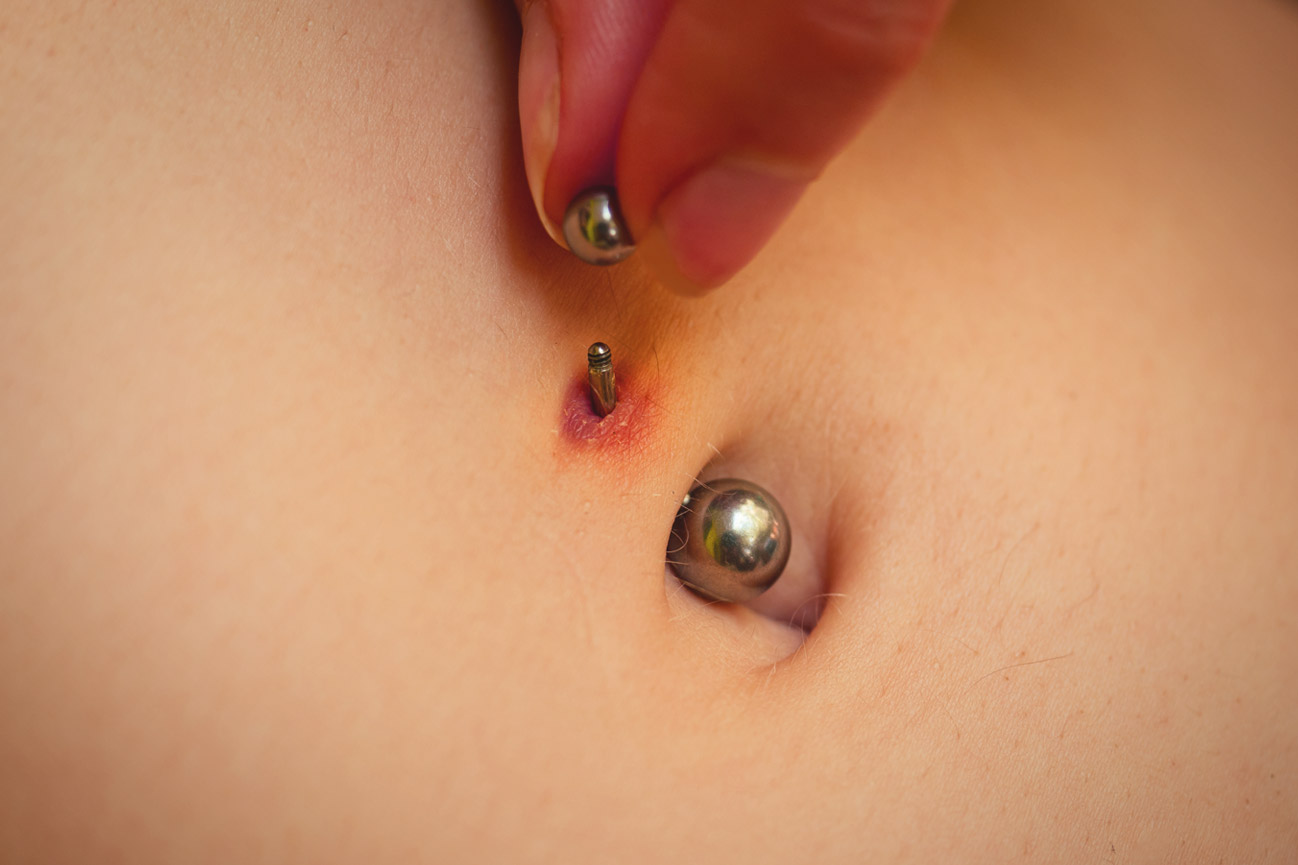Introduction to Tattoo Hygiene and Safety
Tattooing today feels effortless and professional, but it took decades of innovation to reach this point. Modern machines are precise, studios maintain strict tattoo hygiene and safety standards, and every session is safer than ever. Understanding the evolution of tattoo machines and tattoo hygiene and safety helps explain why professional tattooing today is both high-quality and safe.
The Origins of Tattoo Machines
Tattooing has been practiced for thousands of years, and the tools used have always reflected the culture and technology of the time. Early methods were completely manual, relying on sticks, bones, or sharpened ivory to puncture the skin and apply pigments. These techniques carried deep cultural and symbolic meaning, but hygiene was rarely considered. By looking at the origins of tattoo machines, we can understand how innovation gradually transformed tattooing into a safer and more precise practice.
Some of the earliest tattoos were found across diverse cultures, each with unique methods and meanings. In ancient Egypt, tattoos were used for both spiritual protection and cosmetic purposes, often applied to women. Indigenous North American tribes practiced tattooing as a rite of passage, using bone needles or sharp tools to carefully apply pigment. In Polynesia and Southeast Asia, tattoos indicated social status and identity, often applied with comb-like tools tapped into the skin.
Because sterilization and knowledge of germs did not exist, infections were a real risk. Shared tools, unsterilized pigments made from soot or plant materials, and minimal skin preparation sometimes led to bacterial infections or other complications. Despite these risks, these early tattoo practices were highly valued culturally and spiritually, laying the foundation for the art and symbolism that continue today.
A major turning point came in 1891 when Samuel O’Reilly patented the electric tattoo machine. Inspired by Thomas Edison’s autographic pen, O’Reilly’s design used electromagnetic coils to move a needle quickly and deposit ink consistently. This invention improved both precision and speed and created the foundation for modern tattoo hygiene and safety practices.
Fun fact: Early tattoo machines were often handmade from phonograph motors or sewing machine parts, showing how artists experimented with technology long before modern machines became standard.
How Tattoo Machines Have Changed
Tattoo machines have evolved significantly over the decades, improving both the quality of tattoos and the safety of the process. As machines advanced, so did tattoo hygiene and safety, setting new expectations for professional studios. Modern innovations have focused on precision, versatility, and comfort, giving artists the tools to create more detailed work while reducing fatigue during long sessions. Different machine types serve specific purposes, and understanding their development shows how technology and artistry have advanced together.
Coil Machines
Coil machines use electromagnetic coils to drive the needle. Artists prefer them for detailed line work and precise shading because they provide tactile feedback. Coil machines can be adjusted for voltage, coil size, and spring tension, giving the artist control over needle depth and speed.
Fun fact: Some vintage coil machines are now collectible items because of their craftsmanship and historical significance.
Rotary Machines
Rotary machines operate with a small motor that drives the needle in a smooth, continuous motion. They are lighter and quieter than coil machines, making long tattoo sessions easier on the artist’s hands. Rotary machines are particularly effective for shading and creating smooth gradients across the skin.
Fun fact: Early rotary machines were sometimes adapted from sewing machine motors, showing the creativity of tattoo pioneers.
Cartridge Machines
Cartridge machines use disposable needle cartridges that can be swapped quickly without taking apart the machine. This design improves efficiency and significantly enhances tattoo hygiene and safety. Cartridge machines are versatile, capable of handling both lining and shading, and are standard in most modern studios.
Fun fact: Using cartridges also reduces the risk of cross-contamination, a major improvement over older reusable needles.
Cordless and Ergonomic Machines
The newest machines focus on portability and comfort. Cordless machines run on batteries, allowing freedom of movement, and ergonomic designs reduce hand strain. Some include digital displays to monitor speed and voltage, giving artists precision and control. These advancements make tattooing more comfortable for both artists and clients while supporting modern tattoo hygiene and safety practices.
Fun fact: Cordless machines allow artists to work in unconventional spaces and setups, expanding creative possibilities.
The Evolution of Tattoo Hygiene and Safety
The evolution of tattoo hygiene and safety has developed alongside tattoo machines, shaping the standards used in studios today. Early tattoo practices carried serious risks, including reused needles, unsanitary inks, and minimal knowledge of germs or infection. Over time, artists introduced sterilization methods, disposable equipment, and strict safety protocols to protect clients and staff. Exploring this evolution shows why modern hygiene practices are essential for safe and professional tattooing.
Exploring this evolution shows why modern hygiene practices are essential for safe and professional tattooing.
Early Practices
In ancient cultures, tattooing was ceremonial or symbolic, and hygiene was not a priority. Tools were shared, gloves were non-existent, and knowledge of germs was limited. While tattoos were meaningful, many clients experienced painful infections that could sometimes lead to serious health issues.
Fun fact: Some ancient cultures applied saliva to needles or ink, which today would be considered extremely unsafe.
Hygiene Improvements in the 20th Century
By the early 1900s, artists began taking steps to reduce infection. Alcohol and boiling were used to disinfect tools, gloves became more common, and single-use needles started appearing. These improvements reduced cross-contamination risks and laid the foundation for professional standards that are still in place today.
Fun fact: Even basic sterilization practices like boiling tools significantly lowered infection rates compared to earlier methods.
Modern Standards
In contemporary tattoo studios, hygiene is treated as a top priority, not just a guideline. Advances in sterilization, disposable tools, and studio protocols have transformed the tattooing experience, making it safer for both clients and artists. Maintaining tattoo hygiene and safety is at the core of every reputable studio’s process. These practices protect the skin, improve healing, and allow artists to focus fully on their craft. Understanding what modern standards entail helps clients know what to expect and why choosing a professional studio matters for their safety and the quality of their tattoo.
Every session follows rules designed to protect both clients and artists:
-
- Autoclaving Equipment: All reusable tools are sterilized to eliminate bacteria, viruses, and fungi.
- Disposable Supplies: Needles, gloves, ink caps, and other items are single-use only.
- Clean Workspaces: Surfaces are disinfected before and after every session, and protective barriers are applied to furniture and machines.
- Protective Gear: Artists wear gloves and sometimes masks to prevent contamination.
- Client Preparation: Skin is cleaned and prepped before tattooing begins.
These protocols not only reduce the risk of infection but also improve the overall tattooing experience. Clean, organized studios allow artists to work efficiently and clients to feel confident and comfortable during their session. By adhering to modern hygiene standards, studios ensure that tattoos heal properly and maintain their quality over time.
Fun fact: Modern ink caps and disposable needles are color-coded and individually packaged to further reduce contamination risks.
The U.S. FDA emphasizes that sterilization and hygiene are key to safe tattooing, aligning with the strict standards professional studios follow today.
Why Tattoo Hygiene and Safety Matter
Tattoo hygiene and safety directly impact the outcome of every tattoo. Properly sterilized equipment, clean workspaces, and safe techniques reduce the risk of infection, help tattoos heal properly, and ensure that the ink maintains its vibrancy over time. A clean environment also allows artists to work efficiently without worrying about contamination, creating a smoother and safer session for everyone involved.
For clients, this means being able to focus on the tattoo experience instead of potential health risks. If you ever feel uncomfortable or notice that the environment does not appear clean and organized, it is important to trust your instincts and consider choosing a different studio. Observing sterilization protocols, disposable tools, and tidy workspaces can give clients confidence that they are in professional hands.
Understanding the importance of tattoo hygiene and safety empowers both clients and artists to make informed decisions, helping ensure tattoos heal properly and maintain their quality.
Fun fact: Some professional studios even keep detailed logs of sterilization procedures and equipment maintenance to ensure accountability and safety.
Final Thoughts: Tattoo Hygiene and Safety
Tattooing has come a long way, and modern practices reflect decades of innovation and learning. High-quality machines, sterilized tools, and professional tattoo hygiene and safety standards make sessions safer and more consistent than ever. When a studio follows these protocols, the focus stays on the art and the experience, giving clients confidence that their tattoo is being done right.
At Platinum Ink, our team follows these safety standards in every session, making sure your tattoo experience is clean, professional, and memorable.



